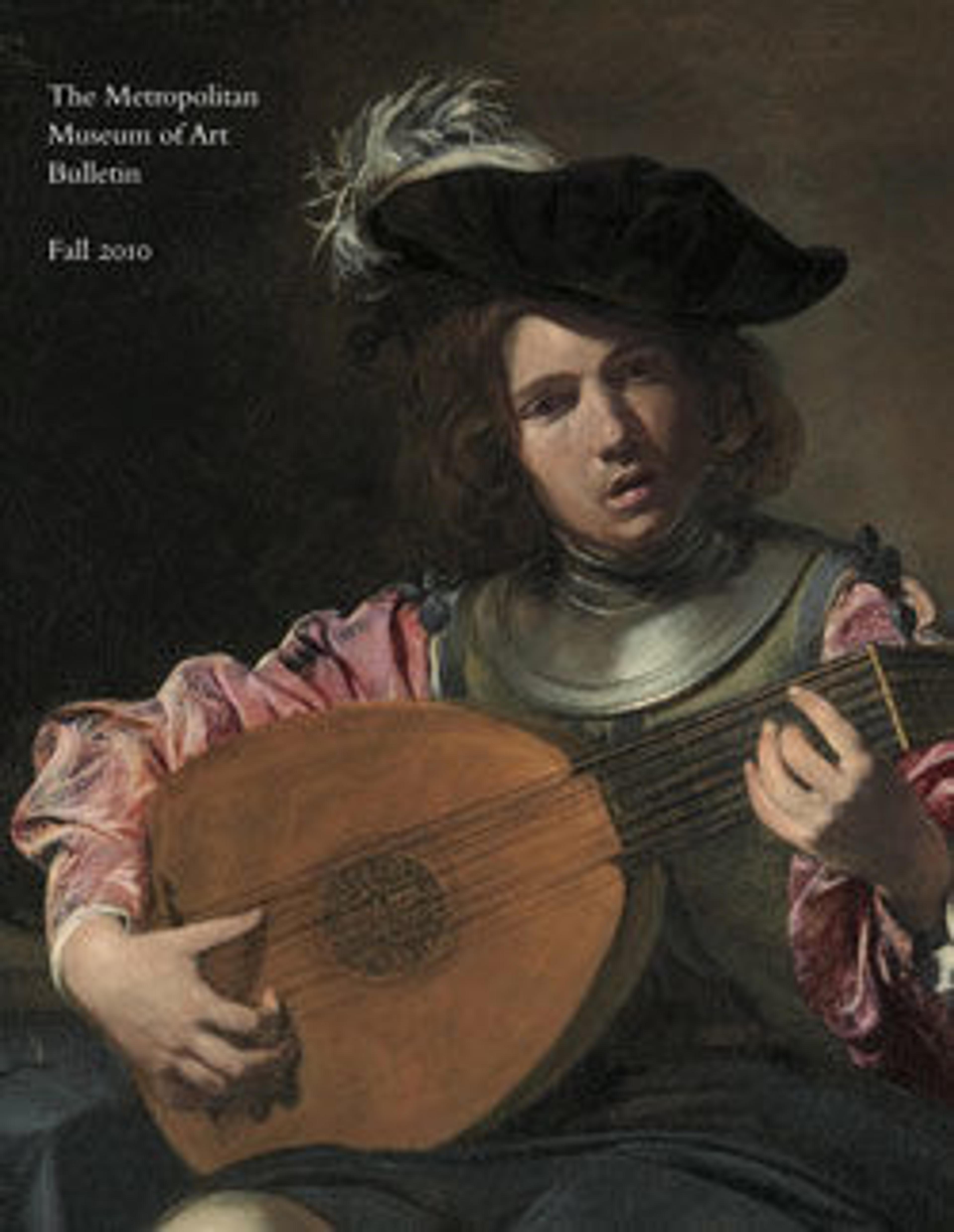Floral Applique Quilt
In the mid-nineteenth century, at the time this outstanding quilt was made in Carmel, New York, a town about fifty miles north of New York City, the florid and intricate Rococo Revival Style was in full bloom. The grapevines and appliquéd flowers entwined into wreaths stiched onto the surface are reminiscent of the decoration found carved into the rich rosewood backs of high-style New York furniture of the same era. While many bed quilts are quite modest objects meant for everyday use, this one would have been considered stylish and sophisticated when it was created. Its exceptionally good condition reinforces the notion that it was meant to be a "best" quilt, taken out only on special occasions to beautify its maker's home.
Emeline Travis Ludington had an ambitious artistic vision for her quilt, laying out and stiching a stunning overall design and adding an unusual scalloped finishing detail to the edges. Ludington was married to a banker, George, and was the mother of six children. Her quilt-making skill is undocumented beyond this piece.
Emeline Travis Ludington had an ambitious artistic vision for her quilt, laying out and stiching a stunning overall design and adding an unusual scalloped finishing detail to the edges. Ludington was married to a banker, George, and was the mother of six children. Her quilt-making skill is undocumented beyond this piece.
Artwork Details
- Title: Floral Applique Quilt
- Artist: Emeline Travis Ludington (1820–1887)
- Date: ca. 1850
- Geography: Made in Putnam County, Carmel, New York, United States
- Culture: American
- Medium: Cotton
- Dimensions: 86 x 98 in. (218.4 x 248.9 cm)
- Credit Line: Purchase, William Cullen Bryant Fellows Gifts, 2008
- Object Number: 2008.595
- Curatorial Department: The American Wing
More Artwork
Research Resources
The Met provides unparalleled resources for research and welcomes an international community of students and scholars. The Met's Open Access API is where creators and researchers can connect to the The Met collection. Open Access data and public domain images are available for unrestricted commercial and noncommercial use without permission or fee.
To request images under copyright and other restrictions, please use this Image Request form.
Feedback
We continue to research and examine historical and cultural context for objects in The Met collection. If you have comments or questions about this object record, please contact us using the form below. The Museum looks forward to receiving your comments.
